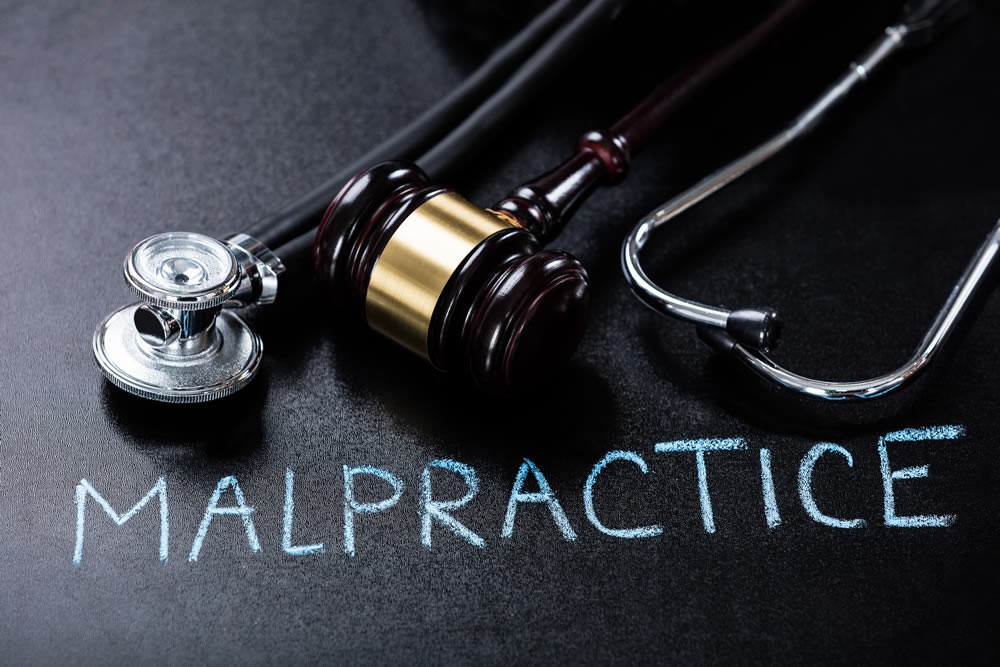Blog / News
Medical Malpractice: Understanding Misdiagnosis
Each year, an estimated 5 percent of Americans are misdiagnosed by their physicians. The seemingly trivial 5 percent mark translates into over 12 million misdiagnosed individuals annually. Misdiagnosis can lead to serious prolonged medical problems, financial hardship or even death.
Generally, medical malpractice focuses on treatment errors and medication errors. This is due to the fact that misdiagnosis in and of itself is not considered medical malpractice. To constitute medical malpractice, a misdiagnosis must be the result of three conditions. First, a doctor-patient relationship must exist. Second, the doctor was negligent in that he or she did not provide treatment in a reasonable manner. Third, the patient was injured as a result of the doctor's negligence in the aforementioned condition. There are also other which factor into these criteria.
Although a misdiagnosis alone is not medical malpractice, courts generally look at how the doctor arrived at the diagnosis. A court will scrutinize the doctor's methods for arriving at his medical conclusion. Typically, the doctor is held to a general standard by which the court will consider whether it is likely that other doctors in similar circumstances would arrive at the same diagnosis. Basically, the court is seeing if there was a deviation from the accepted norm or standard.
Doctors generally arrive at a diagnosis by a process of elimination. In the simplest sense, this means that doctor will take the findings of a patient examination and develop a list of probable diagnoses. The doctor will then use the process of elimination via the patient's particular medical history, symptoms, etc. to arrive at the most likely diagnosis.
Thus, medical malpractice based on a misdiagnosis may occur when a doctor fails to properly diagnose a patient while another doctor in a similar situation would have not made that mistake. This could include not identifying a probable diagnosis from the start or failing to properly investigate a potential diagnosis identified initially.
A doctor's work is certainly not easy. No one can dispute that doctors provide an invaluable and commendable service to society. As such, patients can help minimize the chance of misdiagnosis by keeping good records of each meeting with a doctor, bringing the information to subsequent medical appointments, and following up with their doctor if their condition doesn't improve.
Stay Informed
When you subscribe to the blog, we will send you an e-mail when there are new updates on the site so you wouldn't miss them.



